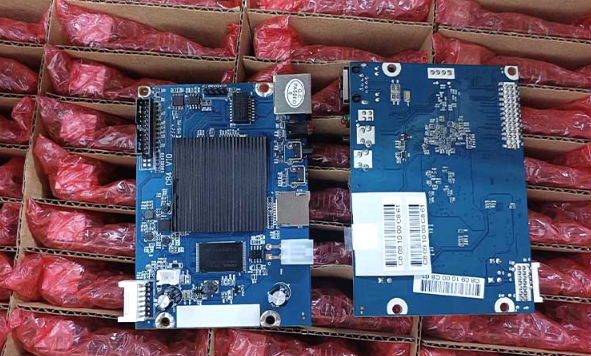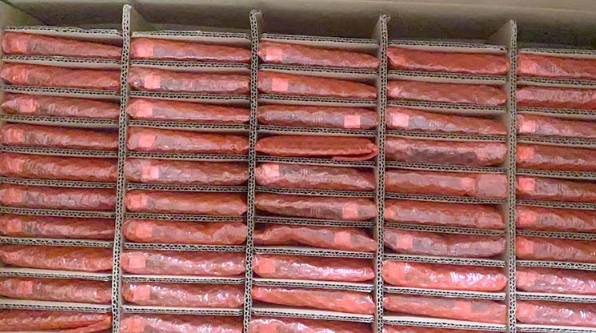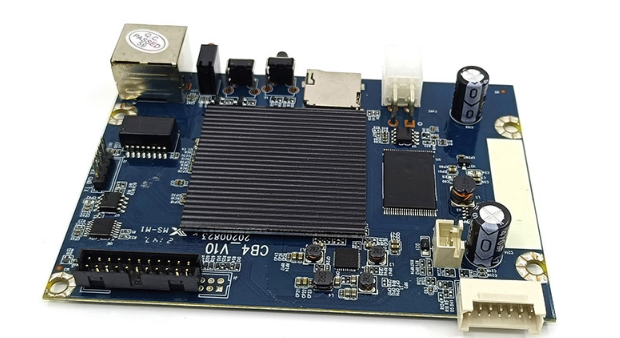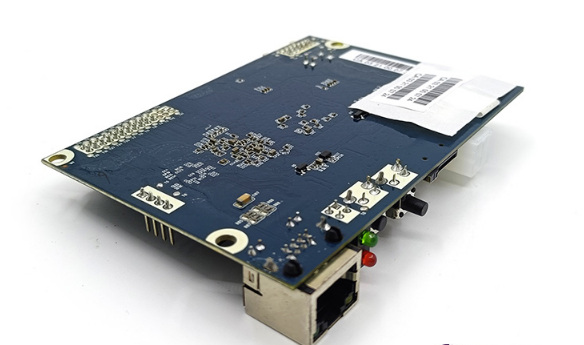Can CB4 V10 control board be used with other mining hardware brands?
Can CB4 V10 Control Board Be Used with Other Mining Hardware Brands?
Introduction to the CB4 V10 Control Board
The CB4 V10 control board is a high-performance component designed specifically for WhatsMiner’s M-series mining rigs, including models like the M20s, M21s, M30s, M31s+, and M32. As a critical part of the mining infrastructure, it ensures stable power delivery, efficient thermal management, and seamless connectivity—key factors in maximizing uptime and profitability.
However, one of the most common questions among mining operators is: Can the CB4 V10 be used with non-WhatsMiner hardware? Given the increasing demand for cross-brand compatibility in mining farms, understanding the limitations and possibilities of this control board is essential.
In this article, we’ll explore:
- The technical architecture of the CB4 V10 and its intended use case
- Compatibility challenges when attempting to integrate it with other brands
- Alternative solutions for miners looking for cross-brand control boards
- Best practices for optimizing mining operations with OEM-specific hardware
Understanding the CB4 V10’s Design and Compatibility
1. Built for WhatsMiner: A Closed Ecosystem Approach
The CB4 V10 is not a universal control board—it is engineered exclusively for MicroBT’s WhatsMiner series. This means:
- Firmware & Software Integration: The board is pre-configured to communicate seamlessly with WhatsMiner’s proprietary firmware, ensuring optimal performance.
- Power Delivery & Connector Standards: It uses an IEC C19 16A power input, which may not align with other brands’ power requirements.
- Hash Board Communication: The signaling protocols between the control board and hash boards are designed specifically for WhatsMiner’s ASIC architecture.
2. Why Cross-Brand Compatibility Is Limited
Attempting to use the CB4 V10 with Bitmain (Antminer), Canaan (Avalon), or Innosilicon miners would likely result in:

- Connection Mismatches: Different brands use varying pin layouts and power distribution methods.
- Firmware Incompatibility: The board’s BIOS and firmware are not designed to recognize non-WhatsMiner hardware.
- Performance Issues: Even if physically connected, the lack of synchronization could lead to instability or failure.
3. Potential Workarounds (And Their Risks)
Some miners experiment with custom firmware or adapters, but this approach carries significant risks:

- Voided Warranties: Modifying OEM hardware often nullifies manufacturer support.
- Thermal & Power Risks: Mismatched voltage regulation can lead to overheating or hardware damage.
- Reduced Efficiency: Without proper optimization, power consumption may spike, lowering profitability.
Alternatives for Multi-Brand Mining Operations
Since the CB4 V10 is not cross-compatible, miners managing diverse hardware should consider:
1. Brand-Specific Control Boards
- Bitmain Antminer: Uses its own control boards (e.g., Antminer S19 control board).
- Canaan Avalon: Requires Avalon-specific controllers.
- Innosilicon: Relies on proprietary control modules.
2. Third-Party Universal Controllers (With Caveats)
Some aftermarket solutions claim partial compatibility across brands, but:
- Limited Optimization: They may not fully leverage each ASIC’s efficiency.
- Support Challenges: Troubleshooting becomes harder without OEM backing.
3. Centralized Mining Management Systems
Instead of swapping control boards, miners can use:

- Hive OS, Awesome Miner, or Braiins OS+: These platforms manage multiple ASIC brands from a single dashboard.
- Smart Power Distribution Units (PDUs): Help standardize power delivery across different rigs.
Why Stick with OEM Control Boards?
While universal solutions sound appealing, OEM control boards like the CB4 V10 offer critical advantages:
1. Guaranteed Performance & Stability
WhatsMiner’s boards are fine-tuned for their ASICs, ensuring:
- Optimal power efficiency (lower operating costs)
- Reliable firmware updates (security patches, performance boosts)
- Long-term durability (tested for continuous mining workloads)
2. Easier Troubleshooting & Support
- MicroBT provides direct firmware support for CB4 V10 users.
- Mining farms benefit from consistent hardware behavior across all WhatsMiner rigs.
3. Future-Proofing with Firmware Upgrades
As mining algorithms evolve, WhatsMiner rolls out performance-enhancing updates—something third-party boards may lack.
Final Verdict: Should You Use CB4 V10 with Other Brands?
No—the CB4 V10 is designed exclusively for WhatsMiner hardware. While technically skilled miners might attempt workarounds, the risks (hardware damage, inefficiency, voided warranties) outweigh potential benefits.
Best Practices for Mining Operators:
✔ Stick to OEM control boards for each ASIC brand. ✔ Use centralized management software (like Hive OS) to streamline multi-brand operations. ✔ Invest in compatible spare parts to minimize downtime.
For WhatsMiner users, the CB4 V10 remains a top-tier choice, delivering industrial-grade reliability, optimized efficiency, and seamless integration—qualities that make it a cornerstone of professional mining setups.

Key Takeaways
- The CB4 V10 is not cross-compatible with Antminer, Avalon, or Innosilicon miners.
- Third-party controllers exist but come with performance trade-offs.
- OEM control boards ensure peak efficiency and longevity—crucial for ROI in competitive mining environments.
By understanding these limitations, miners can make informed decisions, ensuring maximum uptime, efficiency, and profitability in their operations.